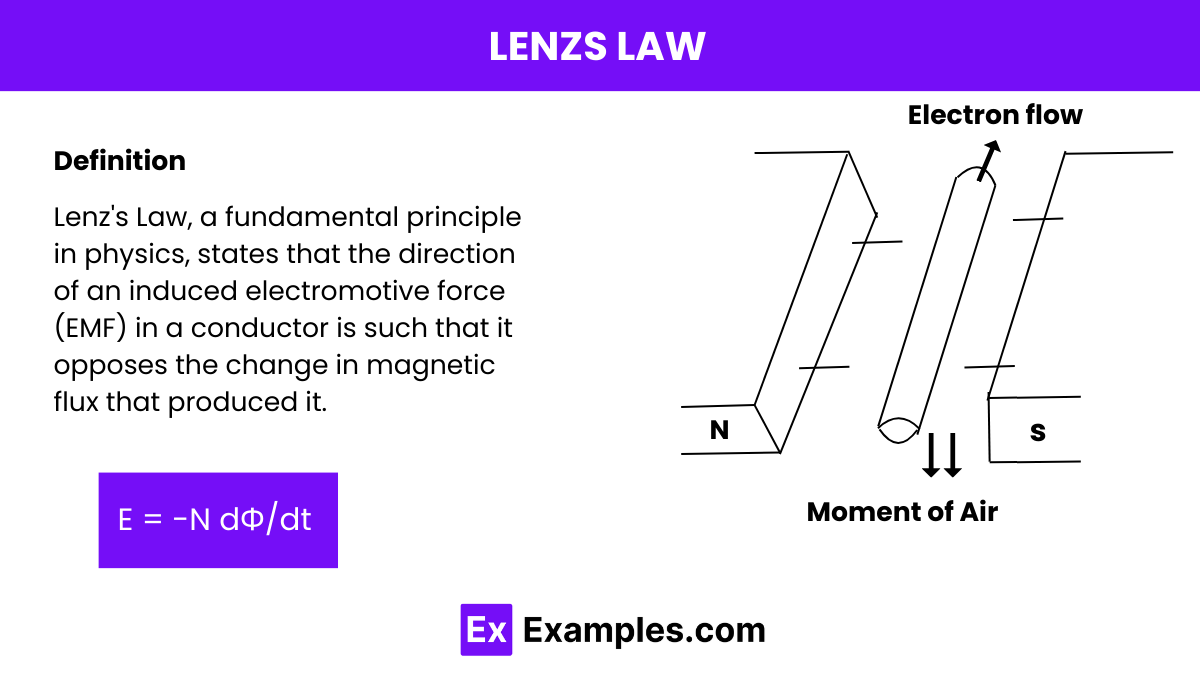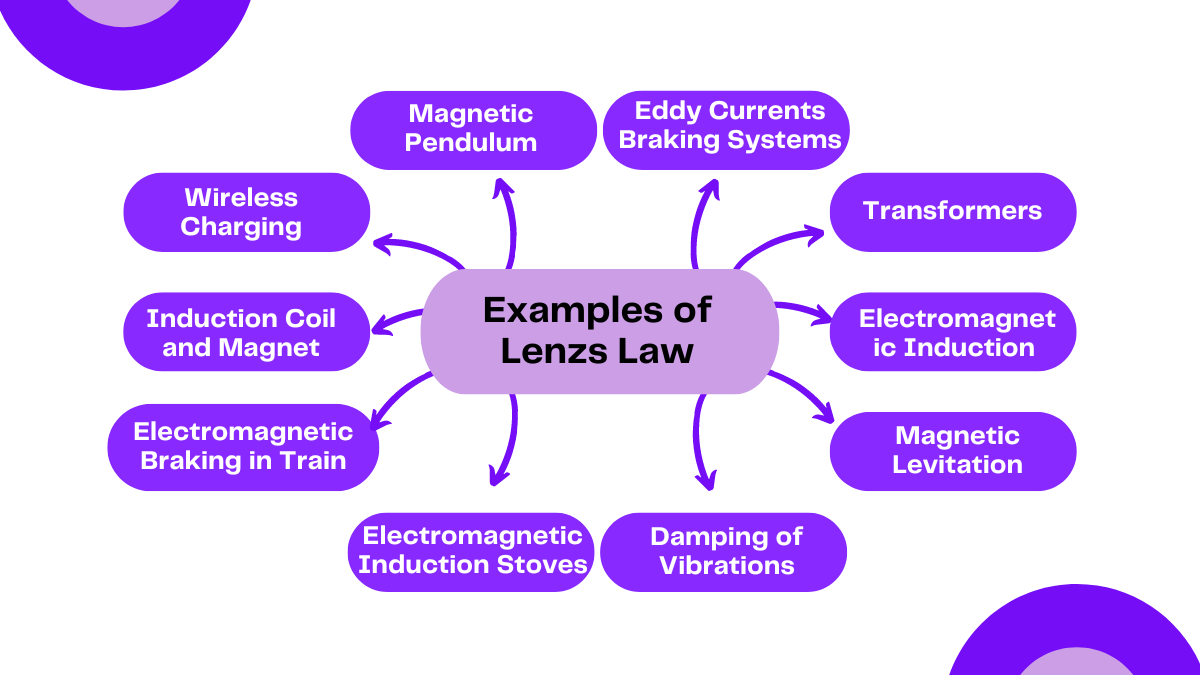What does Lenz's Law state about the direction of induced current?
Induced current opposes the change in magnetic flux
Induced current aligns with the change in magnetic flux
Induced current is perpendicular to the change in magnetic flux
Induced current is unrelated to the change in magnetic flux



